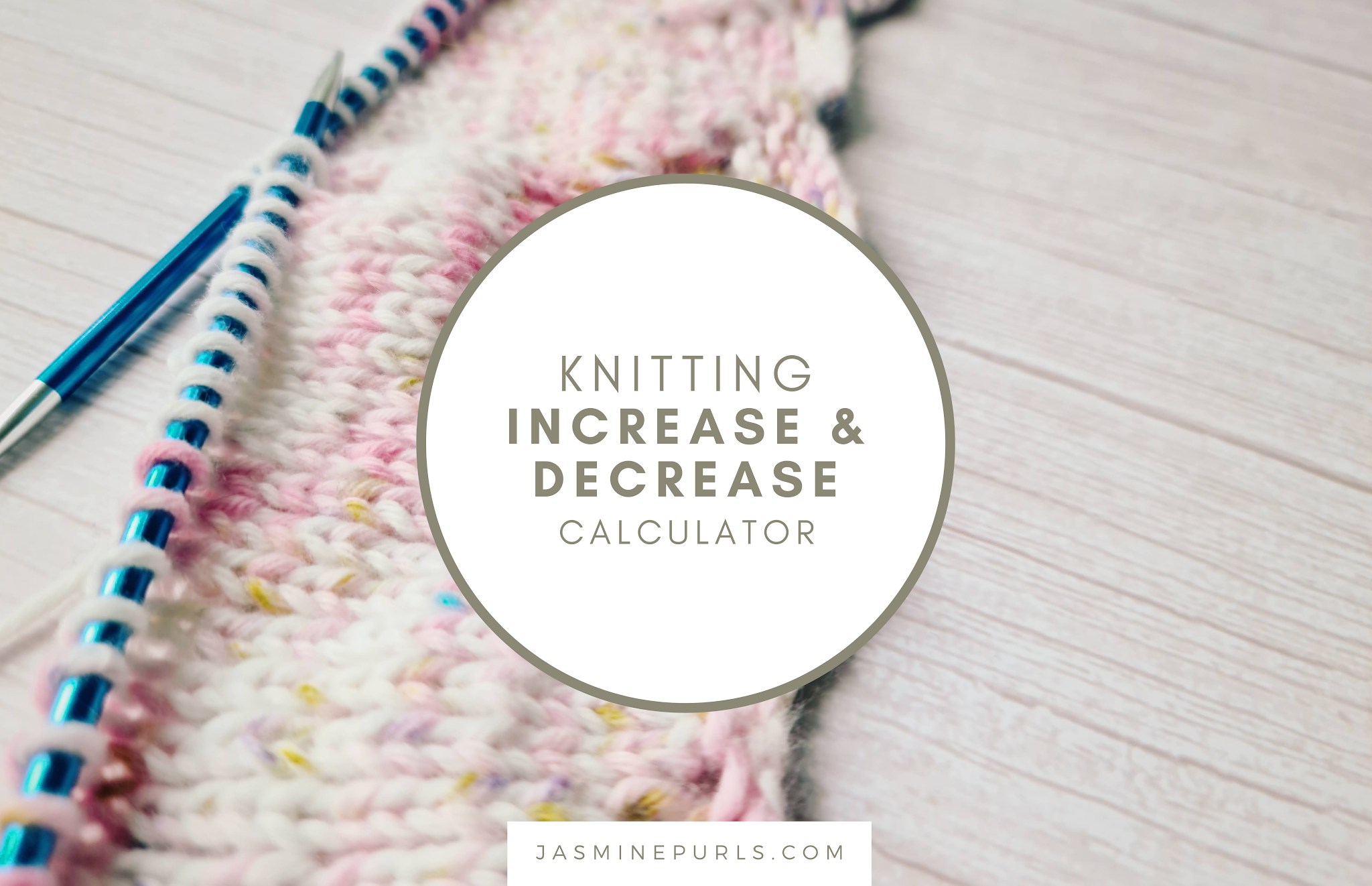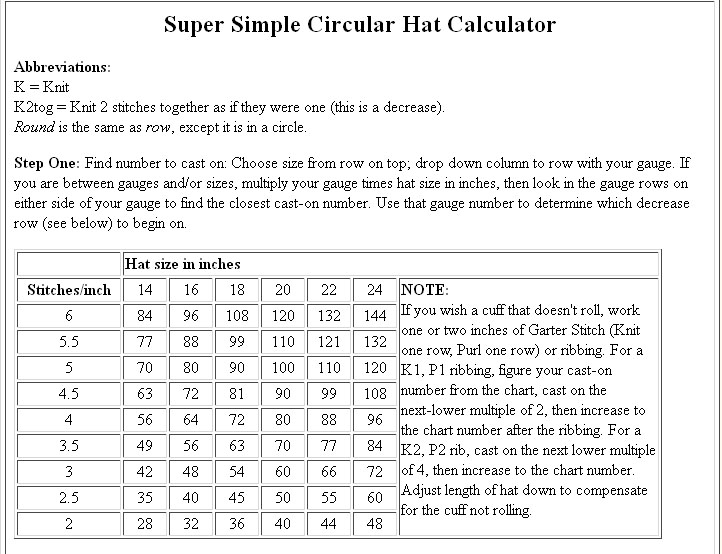Knitting Decrease Calculator - Welcome to the new knitable.net, an online knitting resource from knittingfairy.com. Web the knitting stitch increase & decrease calculator is an extremely valuable tool for calculating how to evenly increase or decrease stitches along a round or row of knitting. Knit two together (k2tog) a swatch decreased with k2tog on the left side. Web the decrease knitting calculator is an innovative digital tool that assists knitters in determining the exact number of stitches to decrease in each row. What you need to know! Knitting two stitches together is probably the easiest way to decrease in knitting. How to read the balanced results. K or k = knit m = stitch. A couple things that you need to know: Web increase or decrease evenly across a row or round.
How to Use a Knitting Calculator
Web decrease and increase calculators. Web knitting stitch increase or decrease calculator. Web 80 stitches / (10+1) = 7.27 (approximately) you might wonder why we.
Decrease and Increase Evenly Calculator Crochet + Knitting
Used for decreases where you have more rows than stitches to decrease. Web these knitting calculators are provided free by various websites. These calculators give.
How to SSK Knitting an SSK Decrease YouTube
Start by choosing your input, increase or decrease. K2, (k2tog, k3) 9 times, k2tog, k1. Web the decrease knitting calculator is an innovative digital tool.
Jasmine Purls Free Knitting Calculator for Evenly Spaced Decreases
How to read the balanced results. Web the knitting stitch increase & decrease calculator is an extremely valuable tool for calculating how to evenly increase.
Decrease Evenly Calculator Knitgrammer
Knitting two stitches together is probably the easiest way to decrease in knitting. Used for decreases where you have more rows than stitches to decrease..
Knitting decreases The ultimate list of stitches every knitter needs
= 40 stitches in total. All you need to know is the number. This calculator will help you figure out a pattern for performing a.
20+ decrease calculator knitting ChevonAvreet
Web the decrease knitting calculator is an innovative digital tool that assists knitters in determining the exact number of stitches to decrease in each row..
How to decrease in knitting evenly 4 easy methods for beginners [+video]
A couple things that you need to know: Web to calculate the remaining stitches, subtract the total number of decreases (rows multiplied by decreases per.
Gauge In Knitting Calculator Interactive Knitting Calculators fonewall
Knit two together (k2tog) a swatch decreased with k2tog on the left side. Welcome to the new knitable.net, an online knitting resource from knittingfairy.com. Free.
All You Need To Know Is The Number.
Number of stitches you want to increase. Web 80 stitches / (10+1) = 7.27 (approximately) you might wonder why we add 1 to the number of decreases. If you have any questions on how to use the calculators, please contact the person in charge of the website. It is a little trick to make sure the decreases are centred.
Welcome To The New Knitable.net, An Online Knitting Resource From Knittingfairy.com.
Used for decreases where you have more rows than stitches to decrease. Just like finding the pot of gold at the end of a rainbow, you will be doing the math with no issue! Simple way to get cast on, rows & yardage. Web the knitting stitch increase & decrease calculator is an extremely valuable tool for calculating how to evenly increase or decrease stitches along a round or row of knitting.
Number Of Stitches You Have Before Increasing.
Knit two together (k2tog) a swatch decreased with k2tog on the left side. Web increase or decrease evenly across a row or round. Web decrease and increase calculators. What you need to know!
Sometimes The Calculators Do Not Load.
This calculator will help you figure out a pattern for performing a number of increases or decreases over a given number of rows. A couple things that you need to know: You will decrease 1 stitch at each end of every decrease row. Web to calculate the remaining stitches, subtract the total number of decreases (rows multiplied by decreases per row) from the initial number of stitches on the needle.







![How to decrease in knitting evenly 4 easy methods for beginners [+video]](https://nimble-needles.com/wp-content/uploads/2021/11/how-to-decrease-knitting-stitches-for-beginners.jpg)

